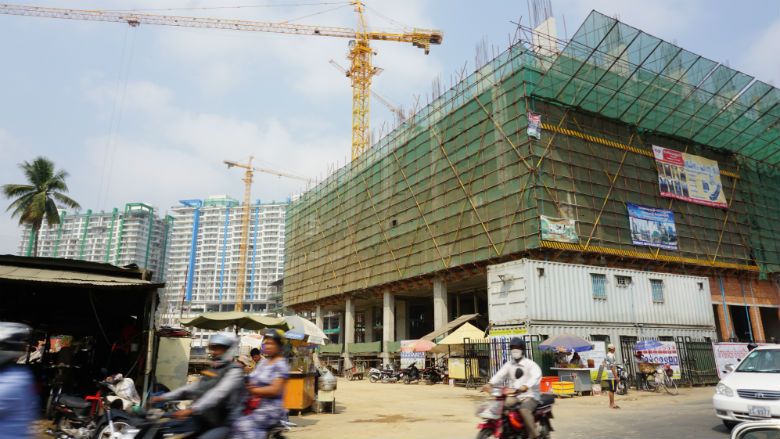- No country has achieved high levels of economic growth without urbanization. presenting an enormous opportunity for Cambodia given its early stage of urbanization with 21% of people living in cities.
- By 2050, it is expected that 36% of its residents will live in urban areas.
- Cambodia's rate of urbanization is lower than what can be expected for its GDP, suggesting that the pace and scale of urbanization is likely to rise. Countries with similar levels of GDP, such as Bangladesh and Kyrgyzstan, have an urbanization rate closer to 35%.
- Phnom Penh, the country’s capital, has witnessed significant urban growth over the last 10 years, and now has close to 2 million residents. It is the largest and fastest growing city in the country and serves as a gateway to the global economy.
- The city faces mounting challenges in basic service provision including drainage, wastewater treatment, public transport and solid waste management.
- To enable well-planned and well-managed urban growth, it is critical that systems and institutions be introduced early to avoid locking Phnom Penh and other cities into a pattern of unsustainable growth.
- The report makes recommendations for more competitive, sustainable and inclusive city growth in four main areas:
- Improving institutions and governance. Effective institutions are essential for the development and management of cities. In absence of these, Phnom Penh and other cities will continue to develop in an uncoordinated and fragmented manner.
- Improving urban planning and implementation. To realize the long-term vision of the city’s Master Plan 2035, enabling regulations and codes, existing urban planning processes, and technical capacity for implementation need strengthening.
- Investing in sustainable urban infrastructure. To best address the city's needs and create an environment that enhances livability and competitiveness, sectoral investments in basic urban infrastructure could be better guided by an integrated master plan.
- Ensuring inclusive urbanization. Urban inequality threatens sustainability and can lead to social divisions and conflict. A lens of inclusiveness – including economic, spatial and social inclusion – can help to safeguard against these risks.

